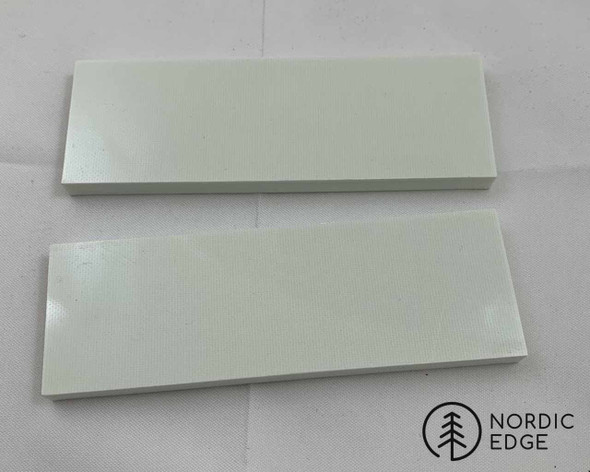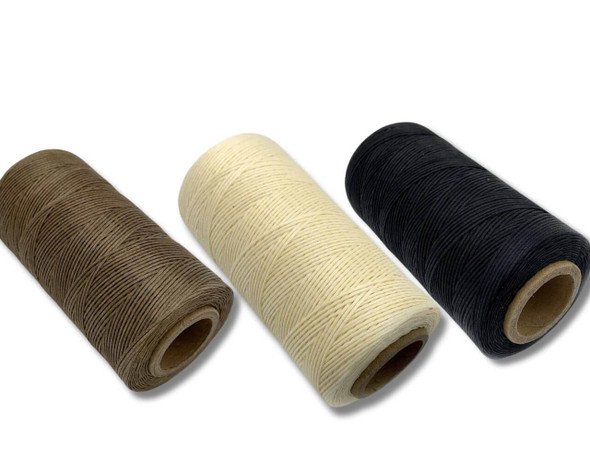Description
Tosa Kiritsuke 210mm, White Steel #1
These are in White steel #1 blade and hand finished with some marks showing the unique blade heritage.
The Kiritsuke style is a bit of an "executive chef" style in Japan, used for thinly slicing fish, vegetables and fruit with a sharp, delicate edge.
Tosa is within Japan, considered a traditional place for forging knives and tools, these are traditional blades made with a combination of industrial machines and hand-finishing.
Tosa is a city located in Kōchi Prefecture, Japan. It is located on the southern coast of the island of Shikoku surrounded by steep mountains. This has led to a geographical isolation of the region which allowed the region to develop unique cultures and customs still apparent to this day. Many Tosa blacksmiths enjoy making kurouchi knives and the area is known for this type of finish using hammer forge techniques in making their knives. This knife is one such example. The texture of the hammering and the glossy blue tones of the kurouchi finish is something unique to Tosa knives.
The carbon steel blade has black or tempered finish meaning the spine of the blade is dark or black and not polished for some added corrosion protection and a unique rustic look. This will wear off somewhat with use. The blade is a san mai construction meaning the hard cutting steel is the middle while the softer cheeks are seen as the grey band between the polished edge and the black spine.
The high hardness of Japanese White #1 steel gives good edge retention qualities but will make these more brittle than Western chef knives. These should maybe not be given as gifts to "non-knife people" as they will come back with chipped edges if not treated with respect. As all carbon steel blades they will patina over time in the kitchen and needs to be kept washed and dry between use.
Blade length is 210 mm and it is 50 mm high at the heel, total length with tang is about 320 mm.
These are unique blades for chefs who will appreciate the tradition and skill that has gone into creating rustic looking blades in high-performance blades and will not use these as a chopper. Each is unique and will have some marks or scratches showing as a result of being made partially by hand.










